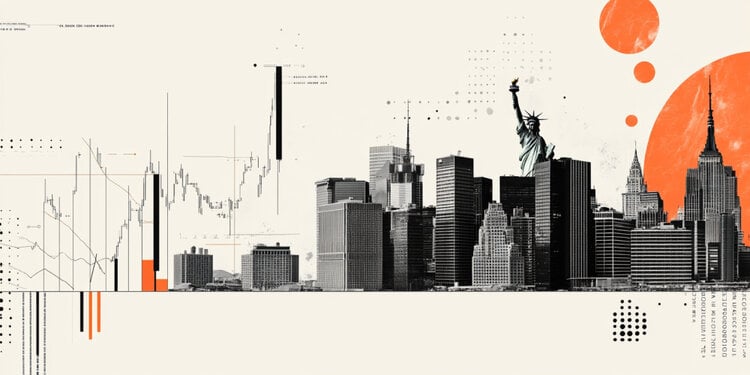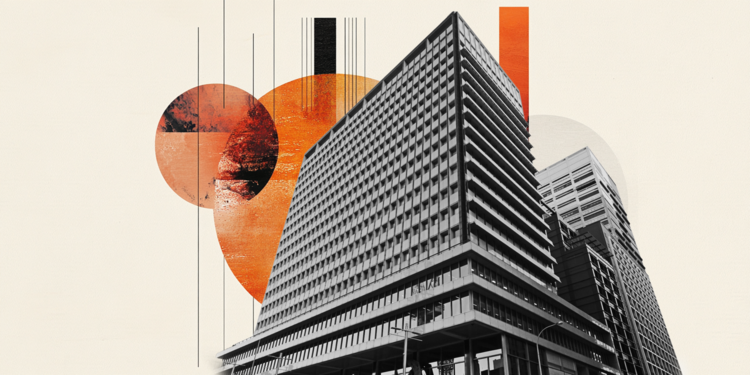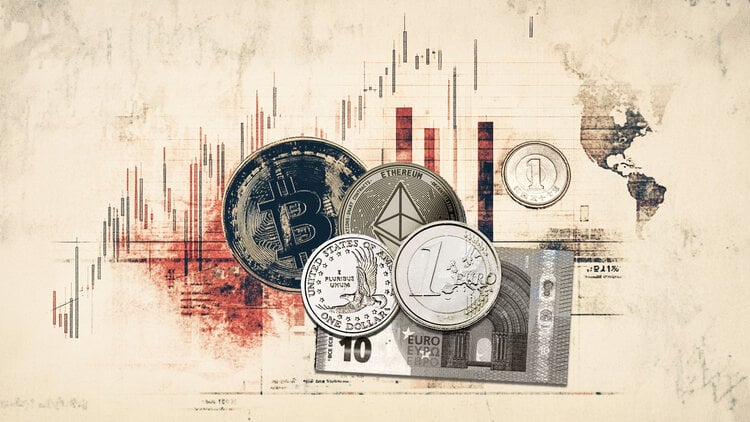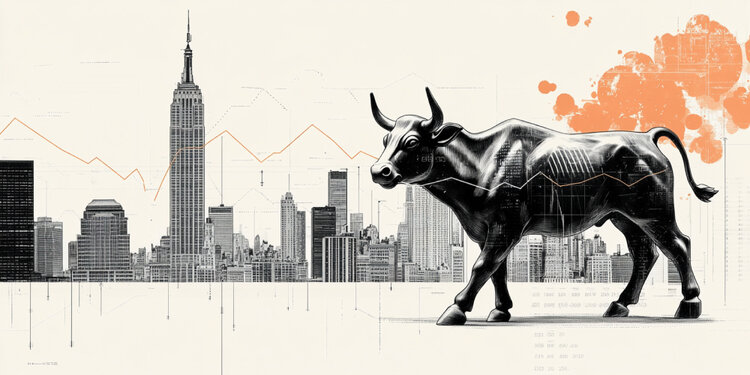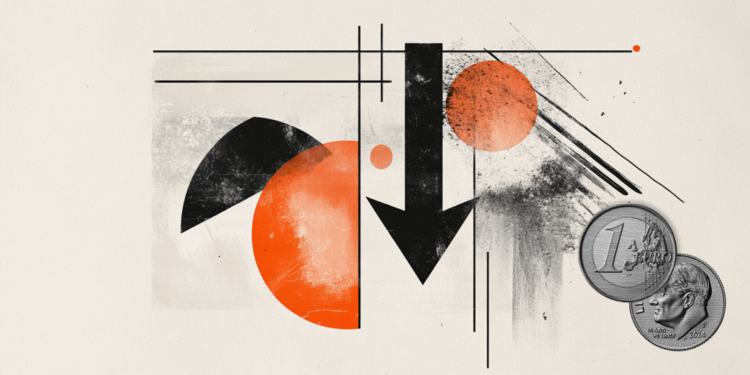There’s no denying it: inflation is here. Consumer prices rose 7% last year. Housing prices also continued to rise.
But the question on the minds of many economists and Wall Street strategists is whether something even worse could be coming: prices rising as the economy slows.
That’s the textbook definition of stagflation, and it would be the worst nightmare for consumers, investors and the Federal Reserve. Not to mention President Joe Biden and the rest of the Democratic leadership in Washington.
Just ask former President Jimmy Carter, who lost to Ronald Reagan in his 1980 re-election bid as the economy suffered from rising gas prices.
Stagflation is a difficult problem to overcome, especially for central bankers at the Fed and the rest of the world. There are few tools to fight inflation and slowdown at the same time.
The strongest solution to an economic crisis is to lower interest rates, but they have been close to zero for almost two years now.
Raising rates to fight inflation, as the Fed has signaled it may soon, could slow the economy. That’s a big concern right now in the UK, where central banks raised rates last month to fight higher prices.
Rate hikes also tend to put more pressure on long-term bond yields, which have already risen in anticipation of the Fed’s moves. These tend to be partly inflationary because they make it more expensive to borrow money.
The good news is that the economy is still growing at a healthy pace as it recovers from the pandemic recession. Consumers continue to spend. And even if the Fed does start raising interest rates, it is unlikely to do so at a pace or scale so fast that it does much damage to the economy in the short term.
“There’s enough stimulus in the system to not worry about the ‘stag’ part of this equation for many quarters,” said Jim Reid, global head of thematic research at Deutsche Bank, in a report last week.
Economic hiccup or Omicron can cause another downturn?
However, growth slowed in the third quarter, raising alarm bells. The market expects the economy to recover in the fourth quarter and continue to do so through 2022. Still, lingering supply chain concerns and rising cases of the Omicron variant of Covid-19 could dampen hopes for a recovery.
This raises the chances that the Fed could misjudge the timing and tighten policy too aggressively if it starts to worry about price stability (inflation) part of its dual mandate rather than the maximum employment (jobs) part. .
“There is always the risk of a policy error. The Fed is carrying a nuclear football of monetary policy with them, so there is a possibility of a mistake,” said Kristina Hooper, chief global market strategist at Invesco.
That said, Hooper isn’t too concerned that Fed Chair Jerome Powell is about to make a big monetary mistake.
“You always want to be vigilant about something like stagflation, but we don’t have high unemployment right now and economic growth is above trend,” he added. “Are we at risk of stagflation in an environment of rising rates? Yes, but unlikely.”
The Fed is in uncharted territory. Central bankers have had to deal with many crises in recent decades, but there is no modern manual on how to deal with the threat of runaway inflation in the wake of a global pandemic.
“The Fed’s monetary policy framework is essentially being tested in real time,” said John Leer, chief economist at Morning Consult, a data intelligence firm. “There is not much guidance.”
Spending remains strong despite inflation
At this point, it appears that rising prices are more of a source of consumer complaints and alarmist headlines and not – so far – a serious economic concern.
That’s why experts say investors need to watch and see if consumers actually reduce their spending because of inflation. That’s when it would be time to worry about stagflation.
“Consumers can get to a point where they are not going to pay higher prices and that causes demand destruction. We’re not there yet,” said Mike Skordeles, US macrostrategist at Truist Financial.
“Stagflation could be a concern if higher prices persist for an extended period of time.”
Skordeles also thinks stagflation concerns are “inappropriate” now because growth is still relatively strong and the market has confidence in the Fed.
So, as long as retail sales remain robust, it could be argued that while shoppers might not be laughing at inflation, they are supporting it for now.
This content was originally created in English.
original version
Reference: CNN Brasil
I am Sophia william, author of World Stock Market. I have a degree in journalism from the University of Missouri and I have worked as a reporter for several news websites. I have a passion for writing and informing people about the latest news and events happening in the world. I strive to be accurate and unbiased in my reporting, and I hope to provide readers with valuable information that they can use to make informed decisions.

